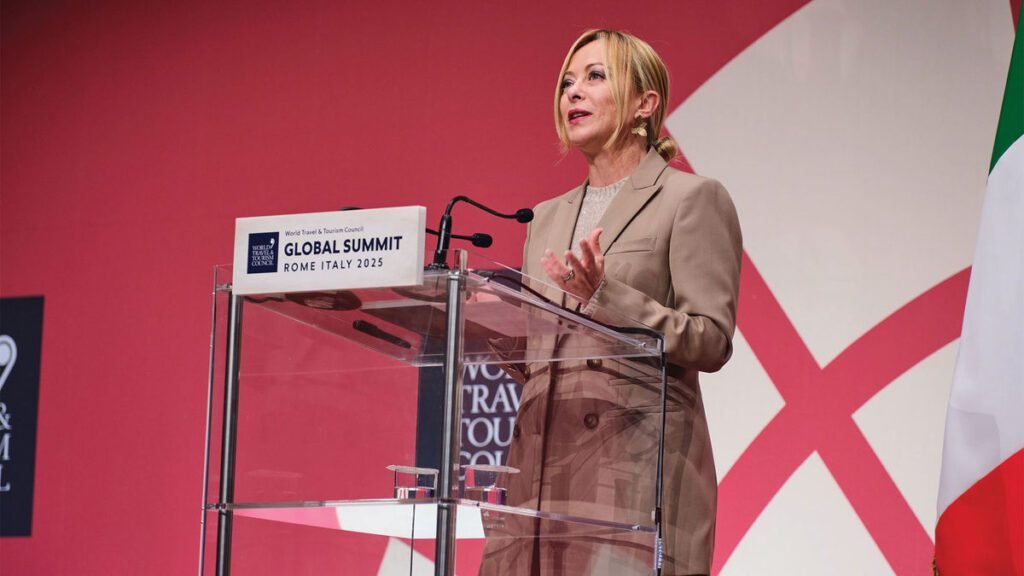ROME — The ongoing debate surrounding overtourism has taken a new turn, with experts at the WTTC Global Summit emphasizing that the actual issue lies in the uneven distribution of tourist traffic. While certain hotspots grapple with overcrowding, many regions remain unexplored and “starving” for visitors.
Taking Italy as a prime example, officials indicate a stark contrast in tourism flow. Italy, renowned as the fifth-most visited country globally, faces a unique challenge. As stated by Italy’s tourism minister, Daniela Santanche, approximately 96% of the country experiences “undertourism.” Prime Minister Giorgia Meloni highlighted the necessity to distribute the country’s 58 million annual visitors more evenly.
Concentration of Tourists: The Main Concern
The issue of concentrated tourism was further elaborated by Francesco Cacciapuofi, chief sales officer for Trenitalia. He noted that a staggering 75% of international tourists flock to just 4% of Italy, primarily favoring major cities. “This presents a tremendous growth opportunity to promote the remaining 96% of our country, which boasts over 5,500 small towns and villages,” he stated.
Global Perspectives on Tourism Distribution
IHG Hotels & Resorts CEO, Elie Maalouf, extended the conversation beyond Italy, asserting that the problem is not isolated but rather a global mal-distribution of tourism. “We don’t have an overtourism issue in the world. We have an overconcentration of it,” he noted. According to Maalouf, addressing this imbalance by discovering and promoting lesser-known destinations can reduce the stress of overtourism in popular locations.
Strategies to Achieve Balance
In response to questions from WTTC chairman Manfredi Lefebvre about how companies like IHG can assist in this effort, Maalouf pointed to collaborative marketing strategies with governmental bodies. Utilizing social media technology, while recognizing its propensity to concentrate visitors, can also be a double-edged sword. “Everybody tends to flock to the top 10 best places, but there are countless other remarkable destinations worth exploring,” Maalouf emphasized.
Moreover, the development of tourism infrastructure in less frequented regions, such as IHG’s initiatives in northern Umbria, serves as a concrete example of how to facilitate increased travel in these areas. “When people begin to explore parts of a country that are off the beaten path, they can uncover hidden gems not dominated by mass tourism,” he explained. This approach aims to distribute prosperity more widely, alleviating pressure on popular tourist sites.
Building Awareness and Infrastructure
As the tourism industry continues to evolve, the importance of promoting lesser-known attractions becomes ever more critical. Stakeholders can work together to craft appealing marketing campaigns that highlight the diverse offerings across Italy and beyond. Enhancing travel experiences in rural and less-trafficked areas not only benefits local economies but enriches travelers’ experiences, providing them with unique insights into cultures and histories that remain underrepresented.
Through concerted efforts and strategic initiatives, the tourism sector can transform the current scenario, leading to a more balanced distribution of visitors and enriching experiences for travelers across various destinations. This shift aims to ensure that every beautiful corner of Italy—and other countries—receives the attention and prosperity it rightly deserves.



